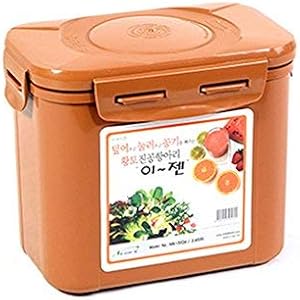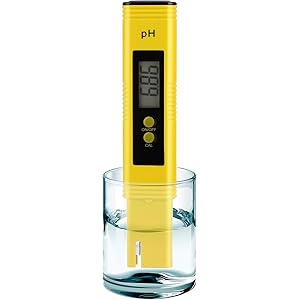Understanding Yeast and Its Alternatives
Yeast is a crucial ingredient in baking and brewing, known for its ability to ferment sugars and produce carbon dioxide, which helps dough rise and gives beer its fizz. However, there are various reasons one might seek alternatives to yeast, including dietary restrictions, allergies, or simply the desire for different flavors and textures in baked goods. Understanding what is the alternative for yeast can open up a world of culinary possibilities.
Baking Powder as a Yeast Substitute
One of the most common alternatives to yeast is baking powder. This leavening agent contains a combination of an acid and a base, which react when moistened and heated, producing carbon dioxide. Unlike yeast, which requires time to ferment, baking powder works quickly, making it ideal for recipes that need immediate results. When using baking powder as a substitute, it’s essential to adjust the quantities according to the recipe to achieve the desired rise.
Baking Soda and Acid Combinations
Another effective alternative for yeast is the combination of baking soda and an acid, such as vinegar or lemon juice. When these ingredients are mixed, they create a chemical reaction that produces carbon dioxide, similar to the fermentation process of yeast. This method is particularly useful in quick breads and pancakes, where a fast rise is desired. The key is to ensure the right balance between the baking soda and the acidic component for optimal results.
Eggs as a Leavening Agent
Eggs can also serve as a natural leavening agent in baking. When whipped, egg whites incorporate air, which expands during baking, providing lift to the final product. This method is commonly used in recipes for soufflés, meringues, and certain cakes. While eggs do not replicate the fermentation process of yeast, they can contribute to a light and airy texture, making them a viable alternative in many baked goods.
Applesauce and Other Fruit Purees
For those looking for a vegan alternative to yeast, applesauce and other fruit purees can be effective substitutes. These ingredients add moisture and sweetness to baked goods while also providing a slight leavening effect. The natural sugars in fruit purees can help with browning, enhancing the overall flavor profile of the dish. When using fruit purees, it’s essential to adjust the liquid content in the recipe to maintain the right consistency.
Get more content like this!
Sign up to receive updates and new terms first hand.
Commercial Yeast Alternatives
In recent years, several commercial yeast alternatives have emerged on the market, designed to mimic the leavening properties of traditional yeast. These products often contain a blend of enzymes and bacteria that work together to ferment sugars and produce carbon dioxide. They can be particularly useful for those with yeast sensitivities or those looking for gluten-free options. Always check the packaging for specific usage instructions and ratios.
Fermented Foods as Flavorful Alternatives
Fermented foods, such as sourdough starter or kefir, can also act as alternatives to yeast in baking. Sourdough, in particular, relies on wild yeast and lactic acid bacteria to ferment dough, resulting in a unique flavor and texture. Using a sourdough starter can add depth to bread and other baked goods, making it a popular choice among artisan bakers. This method requires a longer fermentation time but can yield delicious results.
Nut and Seed Flours
Nut and seed flours, such as almond flour or coconut flour, can also be used in recipes that typically call for yeast. While these flours do not provide leavening on their own, they can contribute to the overall texture and flavor of baked goods. When using nut or seed flours, it’s essential to combine them with other leavening agents, such as baking powder or baking soda, to achieve the desired rise and consistency.
Conclusion: Exploring Yeast Alternatives
In summary, there are numerous alternatives to yeast that can be utilized in baking and cooking. From baking powder and eggs to fruit purees and fermented foods, each substitute offers unique properties that can enhance your culinary creations. Understanding what is the alternative for yeast allows you to experiment with different ingredients, catering to various dietary needs and preferences while still achieving delicious results.




